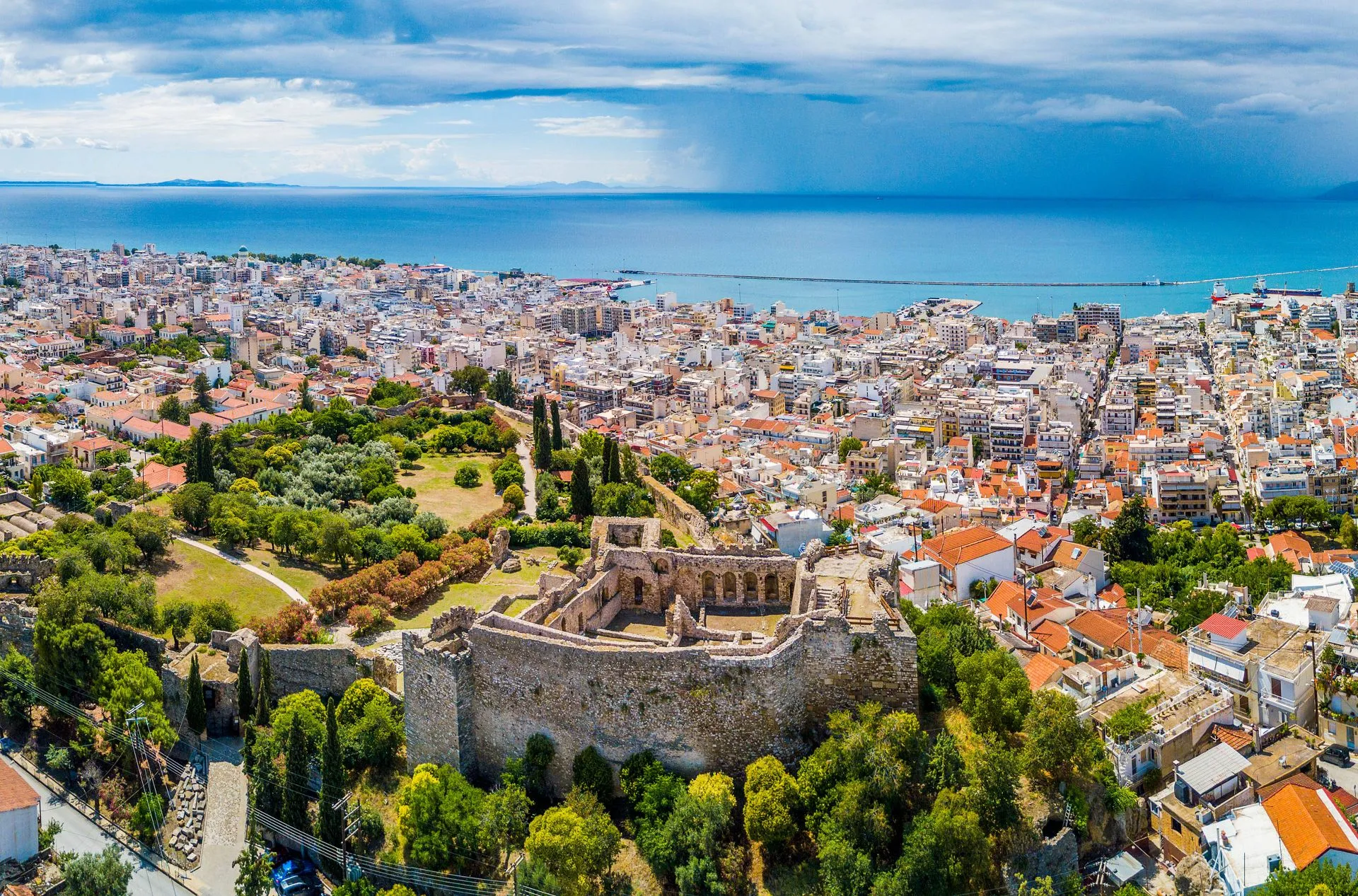Patras

Partnership Agreement from 10 September 2013
Country: Greece
Region: Achaea prefecture
Population: about 214 000 residents
Area: 125.42 km²
Mayor: Kostas Peletidis
Official website: https://e-patras.gr/el
Patras (Greek: Πάτρα) is the third-largest city in Greece, serving as the capital of the Achaea Prefecture and functioning as a port in the Gulf of Patras. The city is located on the Peloponnese peninsula, 215 km west of Athens. Patras is a major transport centre, connecting Greece with Italy and linking the Peloponnese to the Ionian Islands, including Corfu, Zakynthos, Kefalonia, and Lefkada. The city is served by Araxos Airport. In 2006, Patras was designated as the European Capital of Culture by the European Commission.
History
Archaeological evidence indicates that the area of Patras has been inhabited since the 3rd millennium BC. The city experienced significant growth between 1580 and 1100 BC. During the Roman period, following the destruction of Corinth, Patras' port gained prominence as a vital link between Greece and Italy. Roman emperors granted the city the right to mint its own coins. Notable constructions from this era include the Roman amphitheatre, aqueduct, and Odeon. However, in the late 3rd century, Patras began to decline, possibly due to a powerful earthquake around that time.
In the mid-9th century, the city experienced a resurgence and subsequently shared the fortunes of the broader region. From 1266 to 1430, it was under Frankish control, then Byzantine, followed by Ottoman rule from 1458. The Venetians controlled Patras from 1687 to 1715, after which it returned to Ottoman rule until the successful Greek War of Independence in 1821. In 1973, the Brindisi–Patras ferry route was inaugurated, connecting southern Italy with the Peloponnese.

Tourism
Patras is renowned for its cultural and historical attractions. The Municipal Regional Theatre's main stage, the Apollo Theatre, was built in 1872 by the architect Ernst Ziller. Annually, the city hosts the Patras Carnival, commencing on 17 January and continuing until Clean Monday; it is one of the largest carnivals globally.
A significant landmark is the Cathedral of St Andrew the First-Called, one of the largest Orthodox churches in Greece. The cathedral houses relics of the Apostle and a fragment of the cross upon which he was crucified; St Andrew is considered the city's patron saint. The main town square, Psila Alonia, features ancient sculptures and fountains amidst lush palm trees.
Patras is divided into two main areas: the upper town and the Palia Patra district. The upper town contains remnants of the ancient Acropolis and the Roman Odeon, as well as the ruins of a Byzantine-era fortress. The lower town is a modern metropolis and one of Greece's largest cities. Despite its coastal location on the Ionian Sea, Patras is not a typical seaside resort; summers are relatively cool with frequent rainfall.
